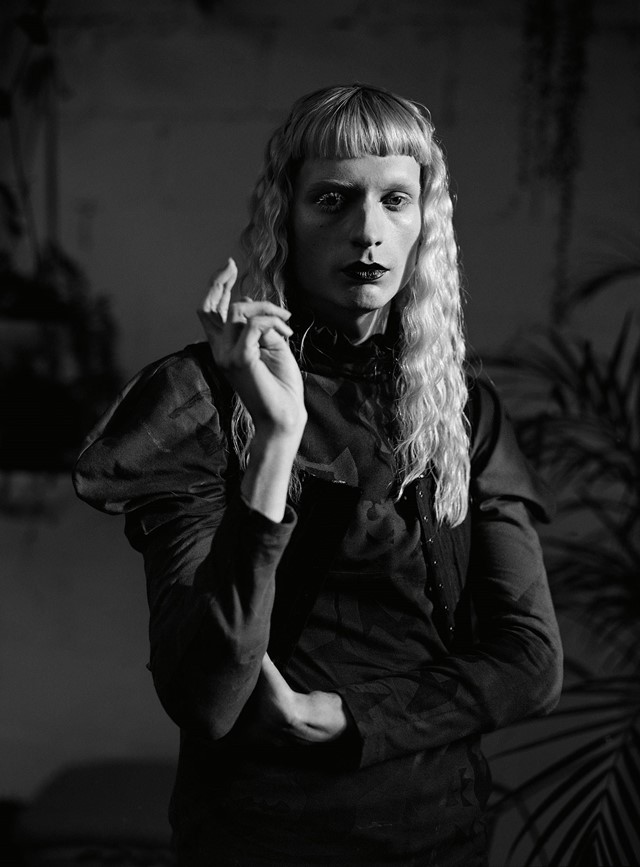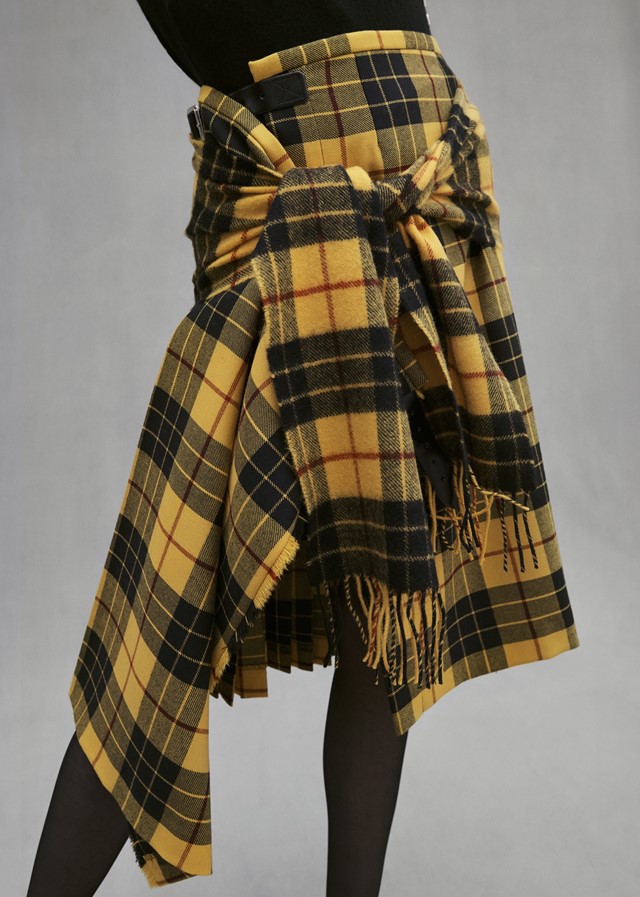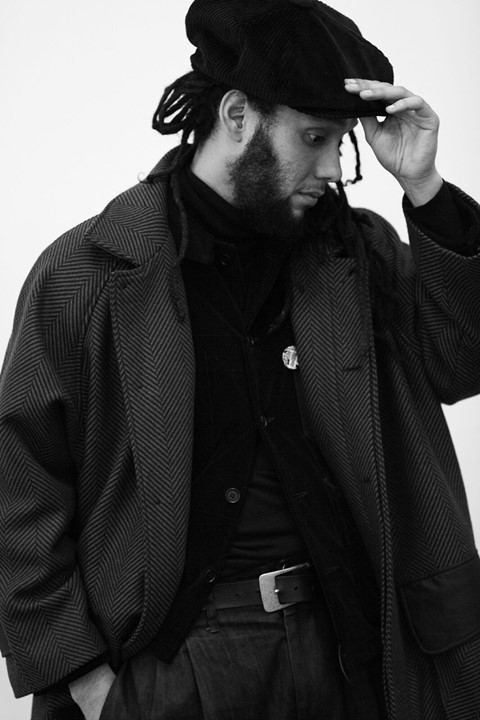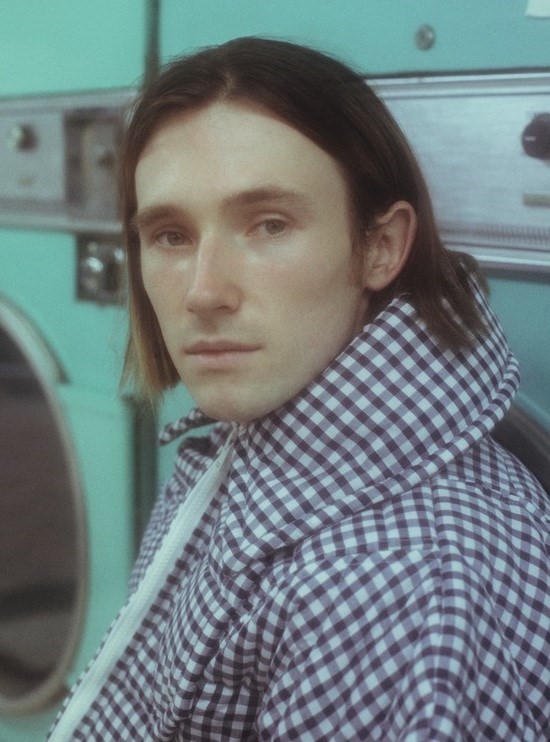The challenges facing Britain’s young designers are numerous – here, Richard Malone, Matty Bovan, Nicholas Daley and Sam McCoach of Le Kilt share their tips on how to make it
It hardly bears repeating that the challenges facing Britain’s designers are numerous – not least for those just beginning their careers, both indebted to rocketing student loans and facing the economic uncertainty of starting a business from scratch. But London’s designers, particularly the young, are resilient; the city’s historic impulse to survive plays out in ever more resourceful, and inventive, ways.
On Friday evening, Sarah Mower, Vogue’s chief critic, gathered four such designers to talk about the future of fashion at London’s V&A museum. There was Matty Bovan, fiercely creative outside of London in Yorkshire, where he grew up; Richard Malone, who propositions a new kind of sustainability far away from the misconceptions the word traditionally conjures; Sam McCoach of Le Kilt, building her career, and brand, outwards from a single garment, the Scottish kilt; and Nicholas Daley, a menswear designer who for A/W18 showed his clothing in a new environment entirely – a concert. Here, they share their tips on how to make it.
Richard Malone (above) on the importance of saying no...
“I’ve done lots of consultancies since I graduated, for brands that I didn’t really like, then left. From that I’ve really learnt the power of saying no, which is a powerful thing. When you come out of a course like Saint Martins, a lot of people wonder where you’re going to go, and I remember after the press show I had a lot of really good job offers. But everyone was an arsehole! I don’t want to work that way.
“Now, working a lot directly with private clients – women artists, especially in Ireland – I can deal with people I admire and like. I’m friends with these women, we socialise, we have a lot of the same interests... but I’m straight with them, I ask for money up front. If you’re straight with people they have more respect for you.”

Matty Bovan on being a polymath…
“I teach up north, and teach in London; I do collaborations to help with income. When I left college I immediately started illustrating for people, even though I didn’t specifically study it. I think they call it being a polymath.
“It means there is more than one way of doing things: I love make-up and beauty, I love styling. I’ve done modelling, which is funny because that’s very different. Rottingdean Bazaar, I modelled for them, and they are very good at that polymath thing. I think we saw a lot of designers who we became friends with, or interned for, that went under badly – you know, like serious money, serious problems – so we were like no, we can’t let that happen to us.”

Sam McCoach of Le Kilt on not letting anything go to waste...
“What it comes back to is that family heritage – I see the kilt as part of a family tree; the customer doesn’t need to buy something from me every single season, or even every year, but they might pass a piece down to their daughter, or come back in a couple of years’ time. It’s about not having any waste. We have even made our Mini Kilt, which comes directly from the offcuts of our Kilt Classic, and which I think is quite heartfelt. We made it because we would notice this growing box of scrap fabric – the way the kilt is constructed means there’s always an 18cm bit you can’t do anything about – so we made this mini kilt that went into Liberty, and sold out.”

Nicholas Daley on working with people you’d go for a drink with...
“For me, I have a very straightforward thing – when I’m in Paris at the showroom and the buyers come in, I always feel like if I can be a friend to this person, if I could go for a drink with them and not talk about fashion and have a human connection, then that’s the critical thing. They’re going to be the ambassadors for your brand, when the sell through is not good are they going to pick it up and try and push it, re-merchandise it, believe in you. So that’s my lesson – when you’re speaking to buyers and do the shows, think how that person is going to be your champion of your brand.”
